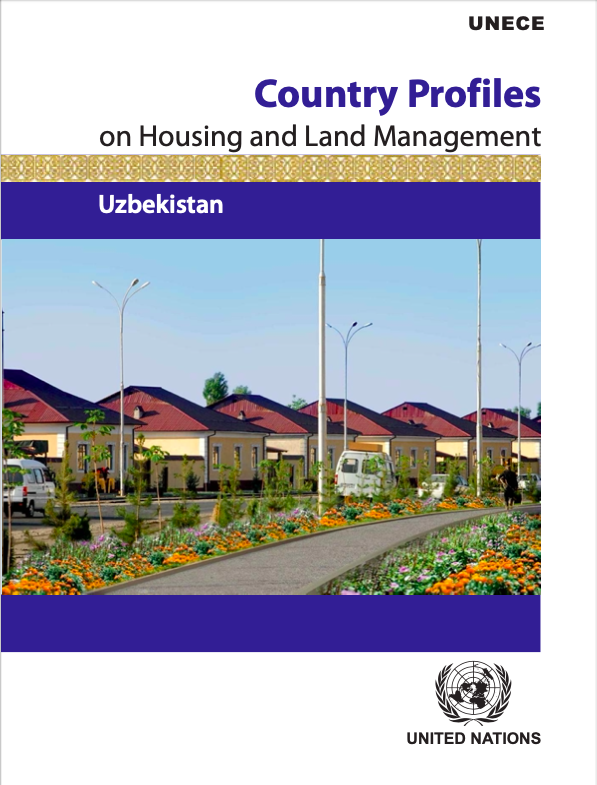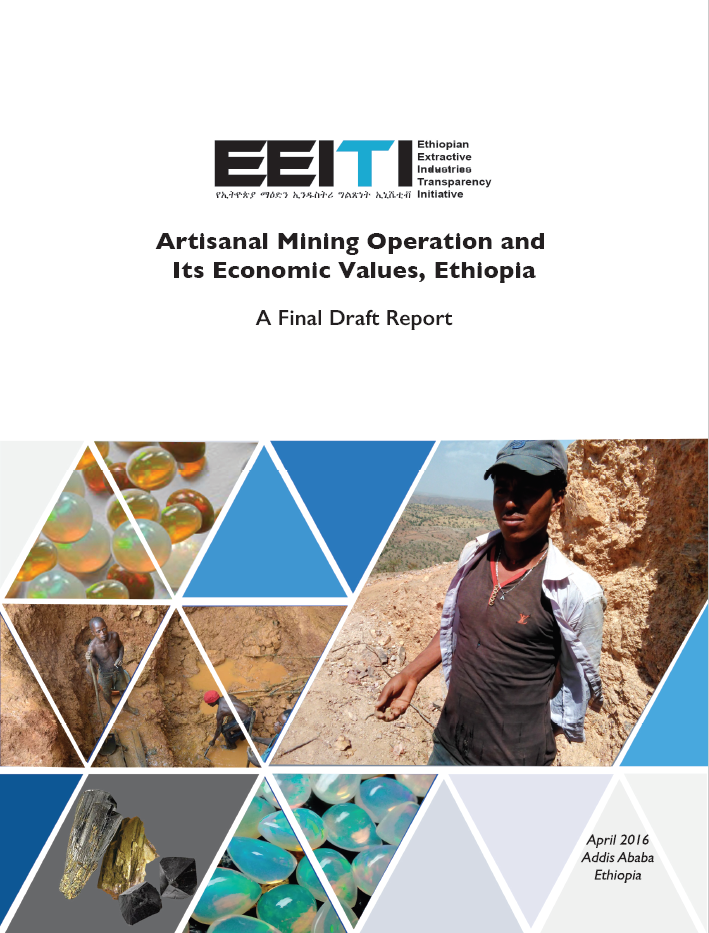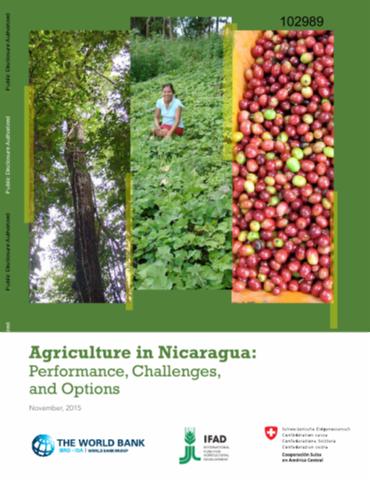Paraiba State, Brazil
This report is comprised of two volumes:
(i) volume one: risk assessment; and (ii) volume two: risk
management strategy. Volume one continues with chapter one,
which characterizes the recent performance of the
agriculture sector, including agro-climatic and market
conditions. It also identifies the productive systems used
for this analysis. Chapter two describes the main risks in
the agricultural sector, capturing market, production, and





